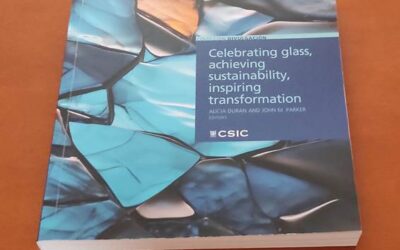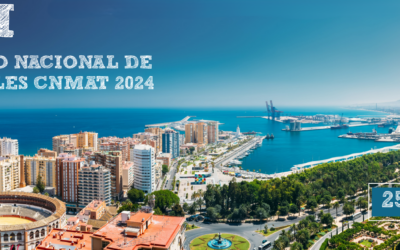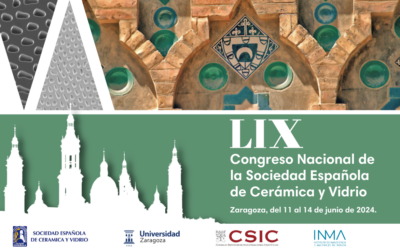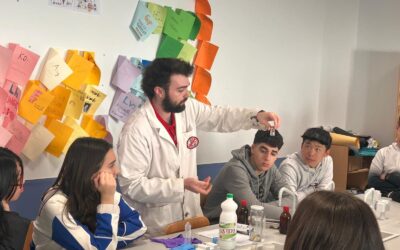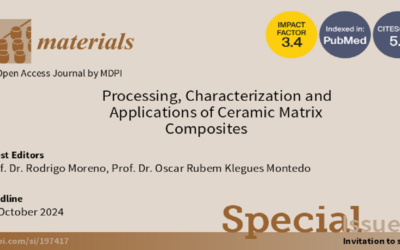Instituto de Cerámica y Vidrio
Actualidad
Celebrating glass, achieving sustainability, inspiring transformation
XVII Edición del Congreso Nacional de Materiales CNMAT24
LIX Congreso Nacional de la Sociedad Española de Cerámica y Vidrio
EL INSTITUTO DE CERÁMICA Y VIDRIO (ICV-CSIC) PARTICIPA EN EL PROGRAMA DE DIVULGACIÓN CIENTÍFICA CIENCIA EN EL BARRIO
SPECIAL ISSUE on Processing, Characterization and Applications of Ceramic Matrix Composites in the journal Materials
Día Internacional de la Mujer y la Niña en la Ciencia
Eventos
There are no upcoming eventos at this time.

